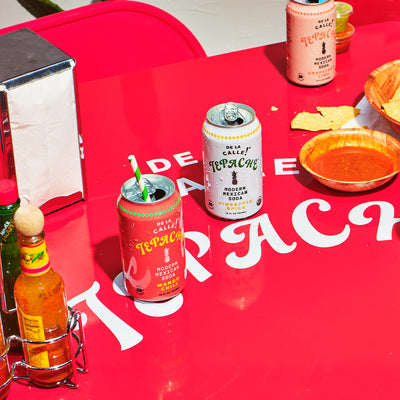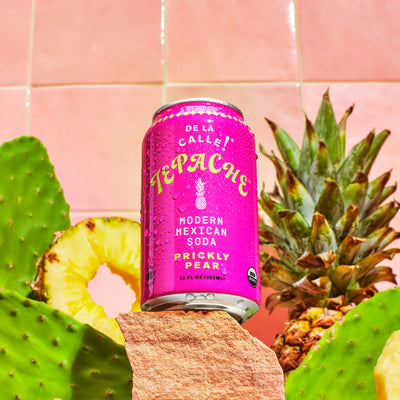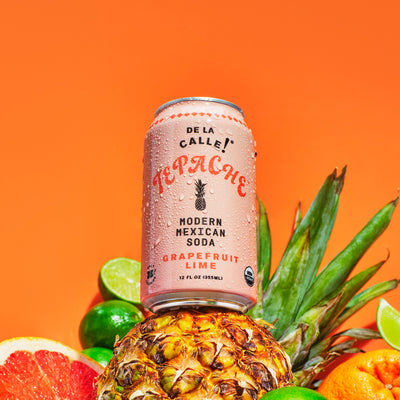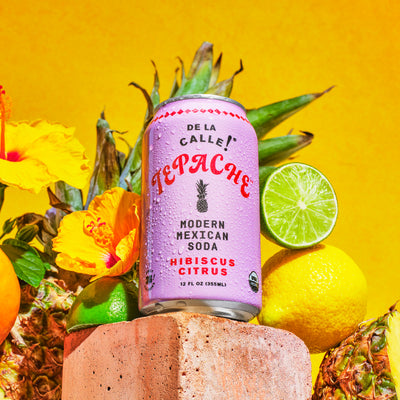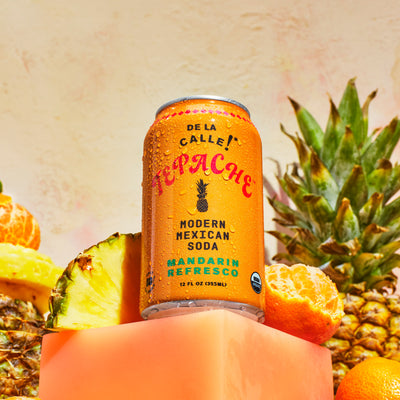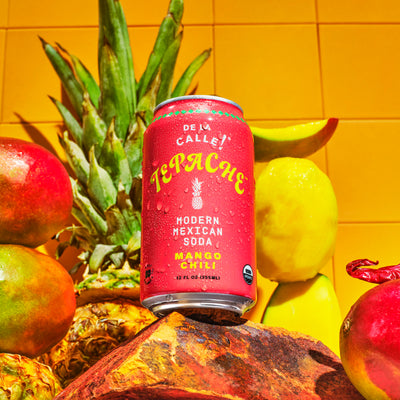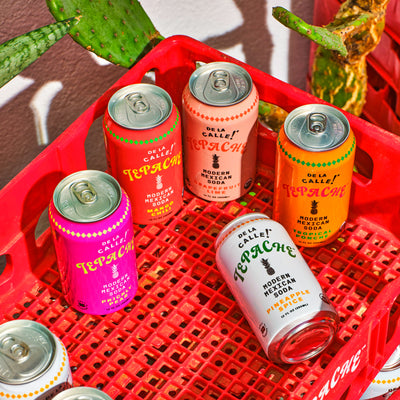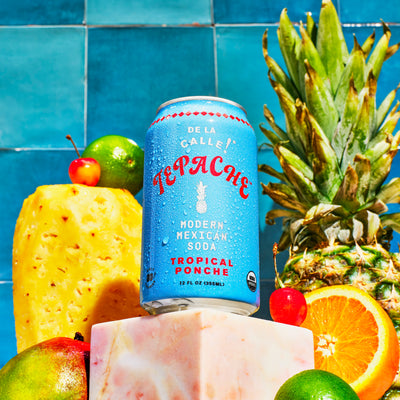Happy Hour: 3 Recipe Books for Agave-Centric Cocktails

With the holidays in full swing, more happy hours are happening than we can keep up with! Gathering together and enjoying the flavors of seasonal margaritas, holiday draft beers, cranberry Moscow mules can be wonderful until you run out of ideas to fill up your cups…
Have you exhausted every online forum and wracked your brain for different versions of classic cocktails? We’ve been there.
If you are looking for a guide to holiday cocktails for a season of festive flavors and themed thirst quenchers, check out this guide to a few options for fabulous holiday drinks this season.
We want to keep things interesting at happy hour, but designing a novel drink for all of the festivities ensuing can be more work than play. When you think of happy hour, visions of drink specials, house wine, and well drinks probably pop into your head. You might even be thinking about the happy hour food specials you commonly see on menus, like chicken fingers and shellfish like oysters. But we’re trying to think more outside the box than with traditional pints of domestic beer and fries.
Sometimes, the best way to do things differently is to take a common ingredient and create something exciting around it. The element we can’t get enough of this season is agave.
Agave is the base of many different spirits. It is a plant native to Mexico and the Southwestern United States. You can fix this versatile ingredient into endless combinations of cocktails. Your happy hour is about to be supercharged, thanks to agave-centric recipes.
We’ve compiled this list of three different recipe books of agave-centric concoctions. They are sure to spice up your next happy hour, and you’ll have so many options that you can try a new drink every day of the week, from Monday to Sunday.
“Mezcal and Tequila Cocktails: Mixed Drinks for the Golden Age of Agave”
This recipe book is written by Robert Simonson, and the book itself contains more than 60 different cocktail recipes.
Not only does the book offer you recipes, but it also contains an analysis of the boosted popularity of agave in recent years. The cocktails in the book vary from more sophisticated and complex creations to incredibly accessible variations of tequila and mezcal drinks.
Of the more than 60 recipes, they are mostly sourced from different bartenders. Some drinks are solely mezcal; some strictly tequila. Other cocktails have the best of both spirits.
An interesting aspect of this book is Simonson’s assertion that the “authentic” feel and “uncompromising flavors” of agave spirits contribute to their popularity.
He looks at agave now in the same way that single malt scotch was a staple in the days of old. He asserts the air of luxury, while still being accessible and delicious, makes agave-centric cocktails the bell of this pop-cultural moment’s ball.
With so many different recipes to flip through, this recipe book is certain to keep your happy hours fresh and fun. Get ready to spice up those Friday and Saturday late nights, and consider grabbing some tapas to serve while you taste these different recipes!
"Mezcal: The History, Craft and Cocktails of the World’s Ultimate Artisanal Spirit”
This recipe book was released in 2017. It was written by Emma Janzen. This recipe book differs from the previous one in a few key ways.
This book supplies the reader with different cocktails to try but takes a deep dive into the culture and heritage of mezcal and tequila. In addition to the recipes, this book contains other treasures to explore.
Janzen’s book contains stunning photography by the author herself. These photographs sit alongside first-person interviews Janzen conducted with mescaleros in Mexico.
The interviews unpack the heritage of agave spirits in Mexico. Among native Mexicans, there is a sense of pride and connection to agave as a product of their homeland. Janzen explores the growth, production, and distribution of different tequilas and mezcals in these interviews.
The subjects of the interviews provide an exciting insight into both the personal and professional lives of those involved in the production of mezcal and tequila. The book unpacks the correlation between the recent upticks in agave’s popularity and local producers answering that call.
This recipe book is more than a catalog of cocktail lists and ingredients. It reads like a living account of the agave-centric spirit’s dissemination from its native Mexico all the way across the globe.
This book is an excellent educational resource. At the same time, it makes a fantastic addition to your cookbook collection or bar cart. Treat yourself on the weekends or make a Wednesday night special with one of these concoctions.
“How the Gringos Stole Tequila: The Modern Age of Mexico’s Most Traditional Spirit”
Chantal Martineau’s “How the Gringos Stole Tequila: The Modern Age of Mexico’s Most Traditional Spirit” debuted in 2015. This author also penned two other books centered around agave.
This book is the densest of the three in this article. It is less of a casual cookbook and more of an educational record of the spirit's various implications. Agave-based spirits are rife for analysis and research.
The book explores how tequila and mezcal went from cheap party shots to the artisanal brands that boast the titles of agave-based mezcal and tequila in the modern day. Martineau does this masterfully.
Inside its pages, you find interviews with academics and agave farmers, all well versed in all things agave. These interviews take place on both sides of the Mexican border.
Martineau dedicated much of her life to the study of agave. She traveled for several years to different tequila and mezcal distilleries as well as agave farms in both the United States and Mexico.
This book unpacks the loaded landscape of agave as a natively Mexican product, whose control moved mostly outside of Mexico after a certain period of time. It also explores the environmental impacts of overfarming the plant to keep up with demand.
Questions of sustainability, ethics, and social history are all called in within the pages of Martineau’s book. It is no light read, but it is a valuable and gripping one nonetheless!
This book also merits by giving readers a closer look into the process of distilling tequila and mezcal through the eyes of the people responsible for making it. You will close this book with your eyes opened to the richness of stories surrounding agave-centric spirits.
Cocktail Conclusion
Consider these books your cocktail creativity jumper cables. It is difficult to innovate happy hours every holiday season, but hopefully, these recipe books give you the gift of a renewed appreciation of cocktail mixing. Set aside the Bud Light, move on from the craft beer, and set your sights higher than bottomless mimosas—you’ve got delicious cocktails to build.
After flipping through these pages, there will be tons of new cocktails to try out. Just as exciting as a new drink to taste test, your brain gets a bit of exercise as well as you learn more about the cultural history of agave.
These recipe books do not solely list agave-centric recipes. They are also rife with information about the culture and history of the agave plant itself.
They are excellent resources for those interested in having a well-rounded understanding of the cocktails they have a passion for shaking up. Awareness and respect for the ingredients in your glass make the experience of imbibing all the better.
It is fundamental to appreciate the communities and cultures that developed these awesome agave drinks. From tequila to agave inulin-sweetened tepache, there is a cocktail out there you have not tried.
Get creative with a tequila and tepache refresher, design your own house margarita, or keep it classic with mezcal on the rocks. There is no wrong way to experiment with mixology. These books will help you revamp any happy hour.
Whichever recipe books call to you, be sure to share the recipes with those you care about this season. Whether you’re in North Carolina or Oklahoma, Indiana or Massachusetts, we’re sure you’ll find something delicious to enjoy. Accompany your new favorite cocktails with great music, small plates of your favorite snacks, or even cookies, and you can’t go wrong.
Sources:
So THAT'S Why It's Called Happy Hour | HuffPost Life

